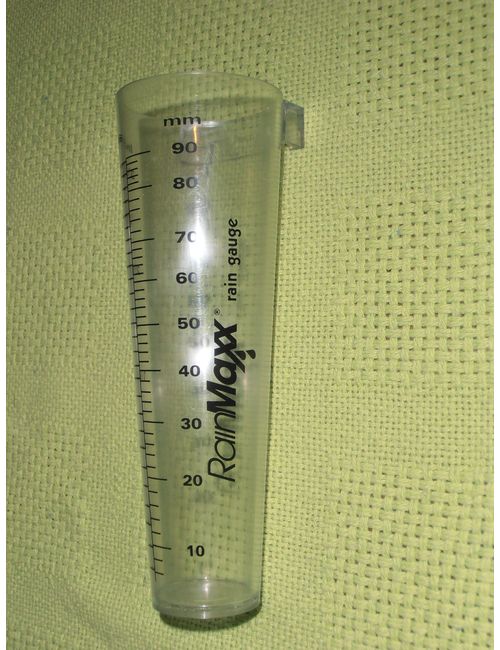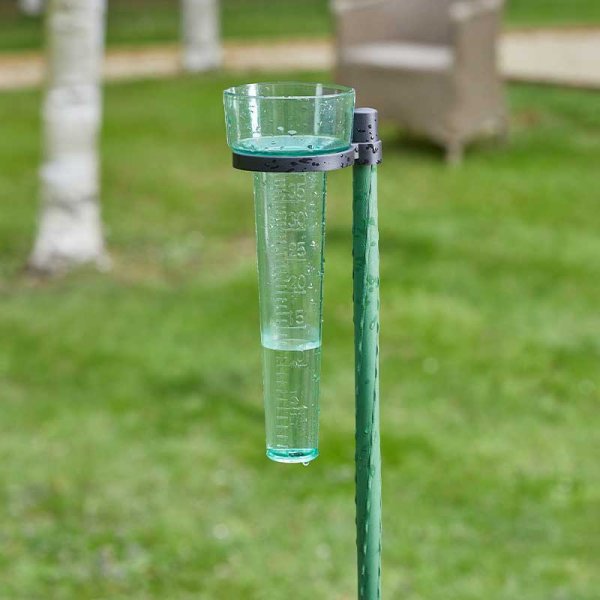Top Functions to Seek in a High-Quality Rain Gauge for Your Yard
Top Functions to Seek in a High-Quality Rain Gauge for Your Yard
Blog Article
Introducing the Science Behind Rainfall Gauges: Exactly How These Instruments Play a Critical Role in Environment Study and Environmental Tracking
Rainfall gauges, relatively straightforward devices, hold a profound relevance in the world of climate study and ecological monitoring. These plain instruments silently collect among nature's most crucial aspects-- rains. Yet, behind their plain exterior exists a complicated science that is crucial for recognizing the characteristics of our setting. As we peel back the layers of this clinical veil surrounding rainfall evaluates, we discover a world where precision, data accuracy, and precise monitoring assemble to unveil a deeper understanding of our altering environment and its effect on the world.
Value of Rain Gauges
Rainfall determines play an essential function in monitoring and measuring rainfall levels, providing crucial data for environment research and analysis. These devices are basic in quantifying the amount of rains that occurs in a details location over a certain period. By accumulating and measuring rain, rain determines deal beneficial insights into the distribution and intensity of precipitation, aiding meteorologists, hydrologists, and climatologists in recognizing climate patterns and fads.
Additionally, lasting data accumulated from rainfall evaluates aids in examining environment adjustment impacts and patterns, adding substantially to scientific research study and decision-making procedures. In significance, rainfall gauges offer as vital devices in the area of meteorology and ecological science, playing a critical duty in progressing our understanding of weather condition and climate dynamics.
Sorts Of Rain Gauges

Functionality and Procedure
In the realm of climate research study and meteorological research studies, the performance of rain assesses lies in their intricate functionality and precise functional systems. Rain gauges are made to accurately measure the amount of rainfall that drops over a particular area throughout a collection duration. These tools generally include a channel that collects rainwater and networks it into a measuring tube. The gauging tube is noted with calibrated dimensions that enable for the precise metrology of rainfall.
The performance of rainfall evaluates is based upon the principle of accumulating and measuring rainwater in a standard manner. This collected information is essential for recognizing local weather condition patterns, tracking long-lasting climate patterns, and evaluating ecological effects. To make certain precise dimensions, rain find this assesses demand to be purposefully placed in open areas far from blockages such as structures or trees that can disrupt the collection procedure.
The operational element of rainfall evaluates involves routine maintenance to stop debris build-up, calibration checks to keep measurement accuracy, and data tape-recording for evaluation (rain gauge). On the whole, the capability and procedure of rain gauges are crucial for gathering dependable rainfall information important to climate research study and environmental tracking
Role in Climate Research
Given the critical value of accurate rainfall measurements in comprehending weather patterns and ecological impacts, the function of rainfall assesses in climate research is vital. Rain assesses provide crucial data for environment study by quantifying the quantity of precipitation that tips over a specific location throughout a provided period. This information is essential for checking long-lasting trends in rainfall patterns, analyzing the effect of climate modification on rains distribution, and improving climate designs.

Environment researchers use information accumulated from rainfall evaluates to analyze variations in precipitation levels, identify local climate trends, and examine the efficiency of water source monitoring methods. By comparing historical precipitation data with current dimensions, scientists can detect changes in rainfall patterns, such as adjustments in the regularity or strength of rainfall occasions. This information is essential for comprehending just how environment change is influencing rainfall characteristics and can assist policymakers make informed choices relating to adjustment and mitigation strategies.
Applications in Environmental Surveillance

In flood projecting, rainfall gauge data assists to track rains strength and distribution, allowing authorities to provide timely warnings and take needed steps to reduce flooding dangers (rain gauge). Drought tracking depends on rainfall scale data to examine dampness degrees in the dirt and track precipitation deficits, assisting in the identification of drought-prone locations and the application of drought feedback strategies
Additionally, rain scale data plays an essential function in water source management by giving info on water availability and use fads. This data is utilized to make informed choices concerning water appropriation, preservation actions, and sustainable water source preparation. Furthermore, in agriculture, rain scale data helps farmers in maximizing irrigation timetables, crop option, and overall ranch management methods based upon local rainfall patterns. Overall, rainfall determines are vital tools in environmental tracking, supplying important understandings that add to informed decision-making and lasting resource management.
Conclusion
To conclude, rain gauges are necessary devices for gauging precipitation, offering useful data for climate study and ecological surveillance. With numerous types and capabilities, rain gauges play an important duty in comprehending precipitation patterns and their effect on the setting. By properly measuring rainfall, these gadgets add to the development of clinical understanding and aid in making informed decisions pertaining to water resource administration and catastrophe preparedness.
Rain evaluates play an important function in monitoring and determining rainfall degrees, offering vital data for environment research study and analysis. The conventional rain scale, understood as the "tipping bucket" scale, is one of the most frequently made use of devices. Ultrasonic rainfall evaluates use audio waves to find the visibility of rain, giving real-time data on rainfall levels.Environment researchers utilize data gathered from rainfall determines to evaluate variants in precipitation levels, determine local environment fads, and assess the performance of water resource management approaches.In conclusion, rainfall determines are essential devices for gauging rainfall, offering beneficial data for climate study and ecological monitoring.
Report this page